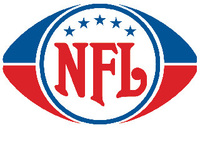
The greatest opportunity for the NFL to lead is in the Super Bowl, which Groh points to as the greenest single day sports event in the world (not to compete with the Olympics which takes place over several weeks). As evidence, he took the audience through a timeline of efforts from the NFL starting with Super Bowl XXVII in Pasadena (1993) with a pilot recycling program. At the time, there were no large scale recycling programs and no precedent. From these humble beginnings, Groh shared that this year they are on track to be using all recycled products for plates, cups, forks, etc. at this year’s Super Bowl. The program, however, is far broader than just recycling. You can read a full list of efforts the NFL implemented around last year’s support to support support their claim of the event as the "greenest."
At the end of the day, Groh explains that the NFL’s Environmental Policy is about legacy – a big word at the NFL. It comes down to answer the question of what you will leave behind. The NFL’s efforts have served as a model for other event planners, last year they saved nearly 100 metric tonnes of CO2 and Groh himself has inspired other large organizations to get greener, including the US military. When it comes to making an effect and leaving a strong legacy, the NFL is a model citizen worth copying.
Note: This is a republished entry that was originally posted on the Climate Response Blog.






WE RECENTLY REMOVED COMMENTING - LEARN WHY HERE >